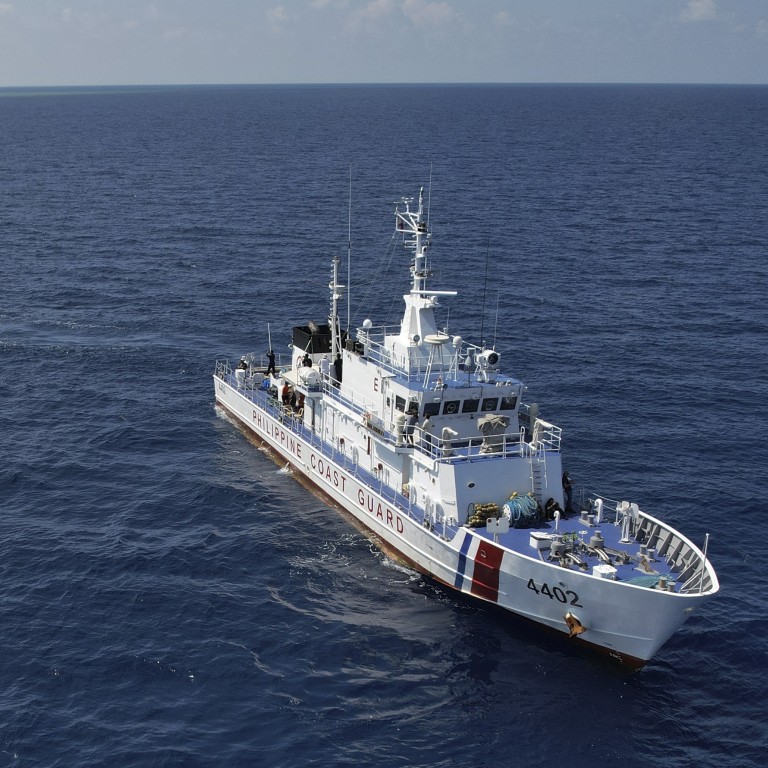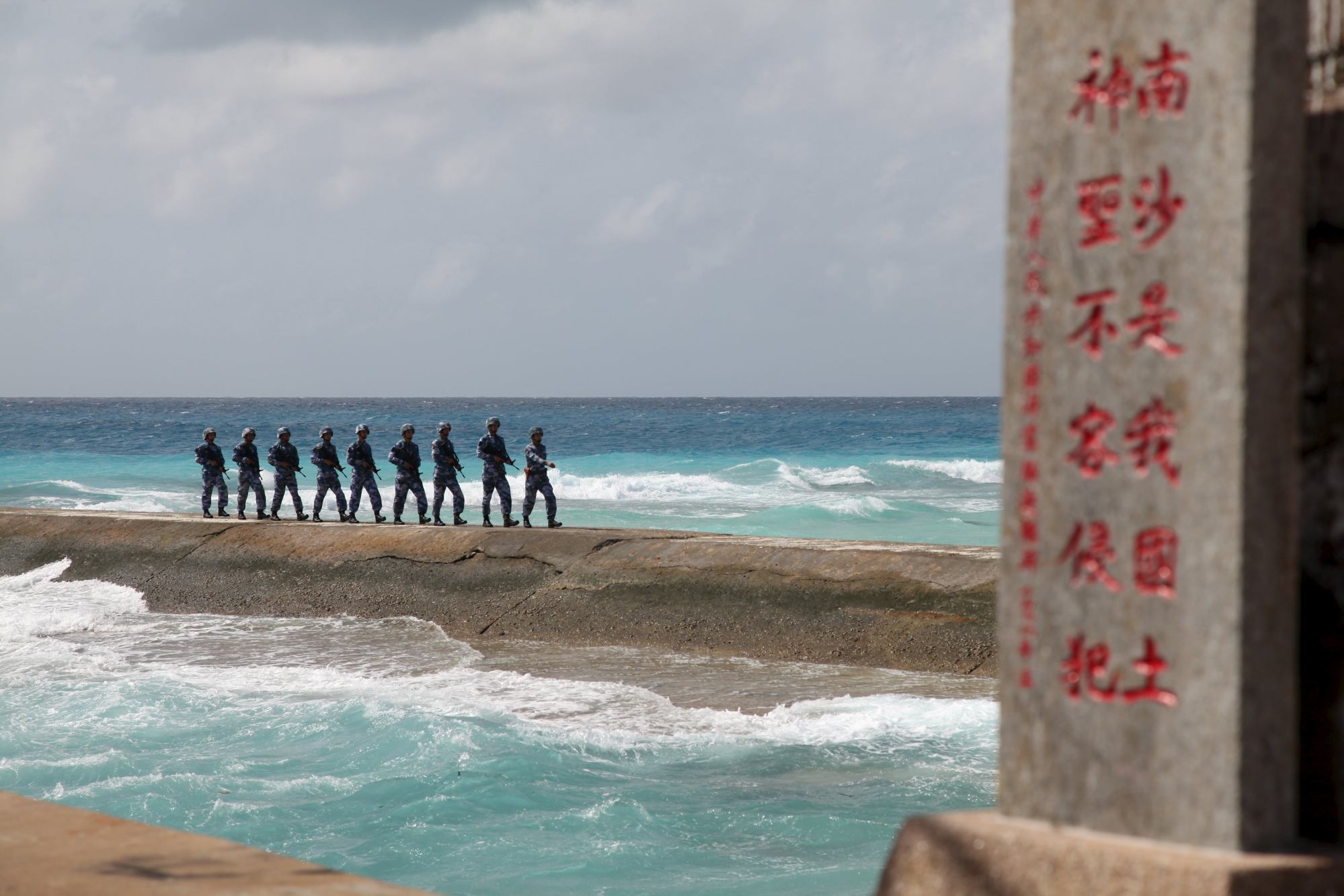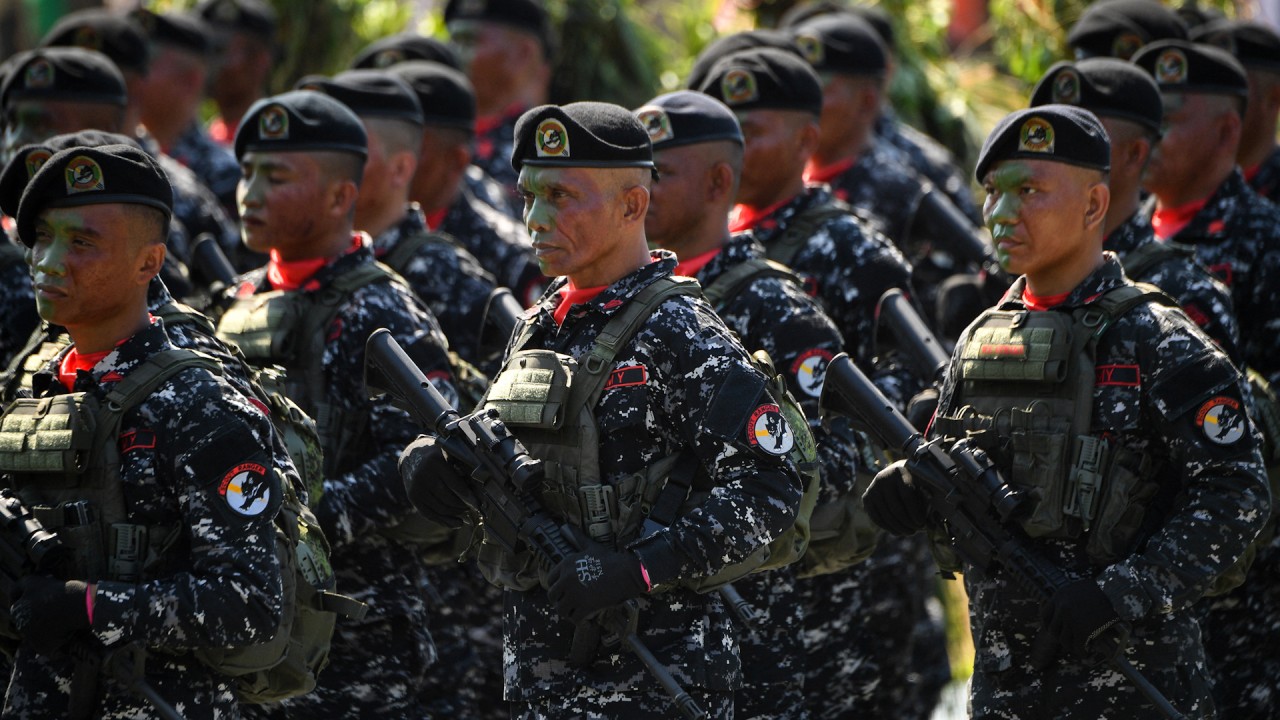
South China Sea: how Beijing uses pinyin translations to double down on territorial claims
- Chinese foreign ministry and state media articles have increased their use of pinyin for place names in the contested area
- It follows a growing number of flare-ups between Beijing and Manila, including one run-in just a week ago
In statements and articles, the Chinese foreign ministry and state media have dramatically increased their use of pinyin. For instance, they have replaced “Nansha Islands” with “Nansha Qundao” to refer to the Spratly Islands.
Searches on the foreign ministry website showed more than 700 results for Nansha Islands. However, the frequency of its use in its statements has been falling each year. It was only used nine times in 2023 – and has been all but abandoned since August.
Meanwhile, “Renai Jiao” showed up in a total of almost 30 entries on the website, with 14 of those appearing last year, while “Renai Reef” had almost 50 results but only appeared four times in 2023.
On the English website of People’s Daily, the Communist Party’s mouthpiece, “Nansha Qundao” and “Nansha Islands” were used interchangeably in 2023, but the use of “Nansha Qundao” rose sharply, with 16 appearances on its search results out of 30.
English websites of state news outlets Xinhua and China Daily have followed a similar line to People’s Daily in recent months.
Back in 2016 after The Hague ruling, China used “Nansha Qundao” in a white paper to reassert its claims over the resource-rich waterway. The foreign ministry has used the term since then but opted for “Nansha Islands” more often in recent years.

Ding Duo, an associate research fellow at the National Institute for South China Sea Studies in Hainan, said the change in English names was “a technical adjustment” by Beijing to further assert its claims over the South China Sea.
He said the practice of using words such as “islands” and “reef” for English translations had been followed for decades, and it is only in recent years that Beijing had started using the pinyin transliteration instead.
“The 2016 white paper already started using pinyin to refer to the Spratly Islands, but the past few years have seen a mixture of using various translations, which has caused confusion,” Ding said, adding that the mixed usage had also attracted criticism from Chinese scholars.
Asean, Beijing must address cyber threats in South China Sea talks
“More recently, the growing use of pinyin for the English translation when addressing islands and reefs can help reinforce China’s sovereign right in the South China Sea more cohesively.”
He said the term “Nansha Islands” failed to indicate the legal status of the Spratly Islands “as a single unit”, which is considered by China as an offshore archipelago of its own. Therefore, using “Nansha Qundao” helped to justify China’s maritime entitlements of the archipelago.
Ray Powell, director of SeaLight, a Stanford University project focused on grey zone activities in the South China Sea, said the growing use of the pinyin terms fitted into Beijing’s long-term strategy of normalising the idea of Chinese sovereignty over its maritime claims. But, he added, it was unlikely to make any difference to its South China Sea rivals.
“At present, China’s neighbours have resisted adopting Beijing’s terms, and perhaps even more assiduously have kept to their own local terms as a means of countering China’s expansionism,” Powell said.
Since territorial tensions between the Philippines and China flared up more than a decade ago, Manila has almost entirely stopped referring to the waterway as the South China Sea. Instead, it regularly refers to it as the West Philippine Sea. Meanwhile, Vietnam and Indonesia have also adopted their own terms. Vietnam calls it the East Sea while Indonesia refers to it as the North Natuna Sea.
However, Ding said Beijing might want to guard itself against accepting the traditional Western names of islands and reefs in the South China Sea.
“To hedge against how the Western world has named these features, China has to use and advocate its own customary names in the field of international public opinion,” he said.
This is not the first time that Beijing has increased its use of pinyin for English names of controversial geographical regions.



